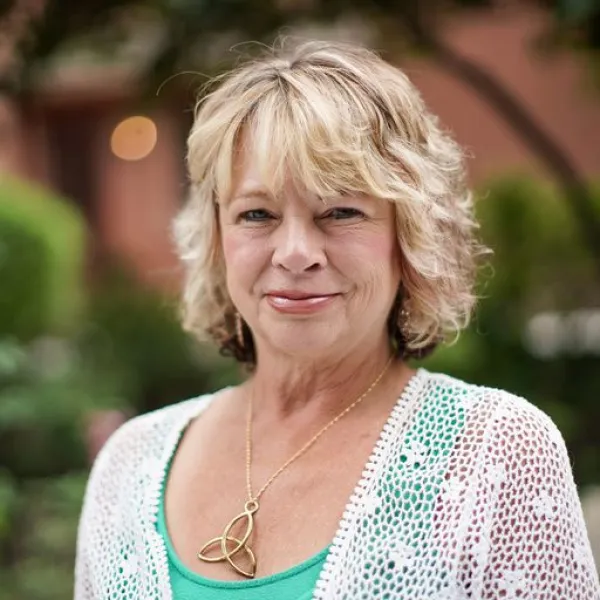Water funding requests get a hearing at Capitol
For the third consecutive year, water is once again a dominant issue at the state Legislature as lawmakers grapple with the issues of water scarcity, an ailing Great Salt Lake and ways to conserve more of the resource.
There is a request for $400,000 for additional research in the arena of agricultural optimization to determine best practices and how water can be saved most effectively.
Research requests will be vetted by the agricultural optimization committee, with that funding for $400,000 awarded to Utah State University for additional staff and research.
The Great Salt Lake Basin in particular will land high on the priority list as lawmakers continue to look for more ways to get water to the lake.
A series of funding requests related to water was heard in the Natural Resources, Agriculture and Environmental Appropriations Subcommittee Tuesday. That subcommittee will rank its priorities in the coming weeks.
Another $12 million is sought to keep the state’s popular turf buyback program active and as a viable option for saving water.
Candice Hasenyager, director of the Utah Division of Water Resources, noted the funding request is not part of Utah Gov. Spencer Cox’s proposed budget, but she did want to note the program’s success.
The program has replaced four million square feet of grass and saved 104 million gallons of water on an annual basis, Hasenyager said. The state requires participatory communities to have water efficiency standards for new development, which has also taken off in popularity. Hasenyager said 56% of Utah residents live in communities where those new standards have been developed.
Mark Stafford, general counsel with the Jordan Valley Water Conservancy District, said for the program to continue to remain successful, the state has to assure some level of consistency for residents to rely on in terms of available funding and programs that might fit their needs.
“When we look at water there is not any more water being created today,” he said. “We need to look at what we are using today and find ways to be more efficient.”
The beauty of the program is that water districts like Jordan Valley match the state funding that is allocated for a do-over, making a homeowner’s investment stretch even farther.
Hasenyager said the program targets “nonfunctional” turf.
“If you are only walking on it once a week to mow it, it could probably be (turned into) something else.”








